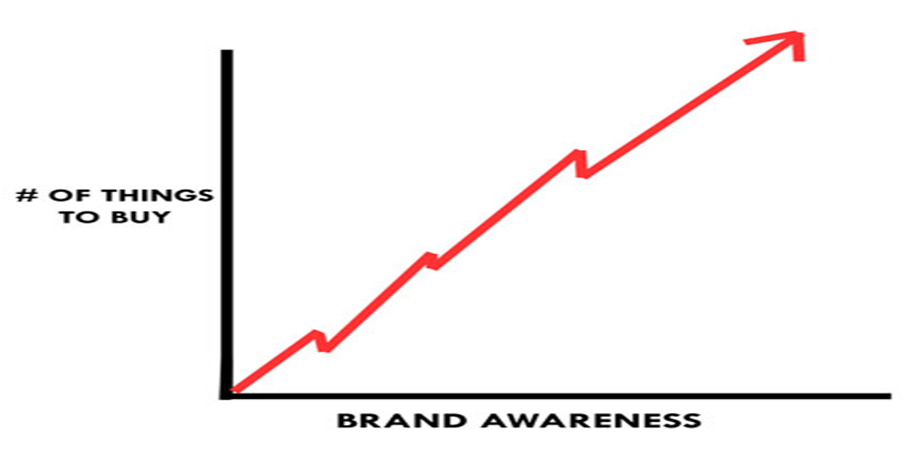Brand awareness and advertisement
 Kotler and Keller (2006) state that people usually buy familiar brand because they are comfortable with products or services with which they are familiar. Moreover, there is also an assumption that a familiar brand is probably reliable and also of better quality as it has been previously consumed by the consumers. Therefore, a familiar brand is preferred over an unknown branded product as customers tend to give preference over the brand they hardly heard of or used.
Kotler and Keller (2006) state that people usually buy familiar brand because they are comfortable with products or services with which they are familiar. Moreover, there is also an assumption that a familiar brand is probably reliable and also of better quality as it has been previously consumed by the consumers. Therefore, a familiar brand is preferred over an unknown branded product as customers tend to give preference over the brand they hardly heard of or used.
Moreover, this is also supported by Hall et al (2007) who state that unknown brands have little chance, if any, in today’s competitive marketplace. Therefore, creating awareness of the brand in the marketplace is one of the challenges for many businesses due to the fact that this process is very costly and requires well-tailored strategy to accomplish.
As the table above illustrates, the more brand awareness is achieved, the higher the sales to be achieved by the company. The table shows an example to Prada, a luxury fashion brand product which it has been achieving higher sales as it has been improving its brand awareness in the marketplace. This is to say that Prada brand image is already well-established; however, it still keeps updating to promote its brand image in order to increase the awareness of its brand in the minds of its consumers.
The table above also illustrates the stages of achieving the brand awareness in the marketplace. This is to say that the brand starts with “Brand foundation” stage where the company puts its efforts to make its brand’s identity and relevant to its core business purposes. This is followed by above the crowd stage, as the company achieves to differentiate its brand image from other competitors in the market.
The next stage of the brand building or improving the brand awareness is referred to as “highland” where the company tends to build credibility, trust and respect between itself and its consumers. And the highest level in improving the brand awareness is referred to as “top” where the company enjoys the highest profits, influence and growth among its competitors in the market. This stage of brand awareness makes the brand awareness of the company very strong and the company will have a strong position and influence in the market.
When making purchasing decisions, customers do not necessarily select brands only from neither their evoked set nor their selection process logical, but if customers recall a company’s brand first, the chance of buying that particular product automatically increases. Therefore, advertising is often aimed at facilitating the growth of the brand awareness and it also can develop an image and manipulate consumer’s perception which is fundamental to building values over and above the price-value relationship.
References
Kotler, P & Keller, K, 2006, “Marketing Management”, twelfth edition, Prentice-Hall


